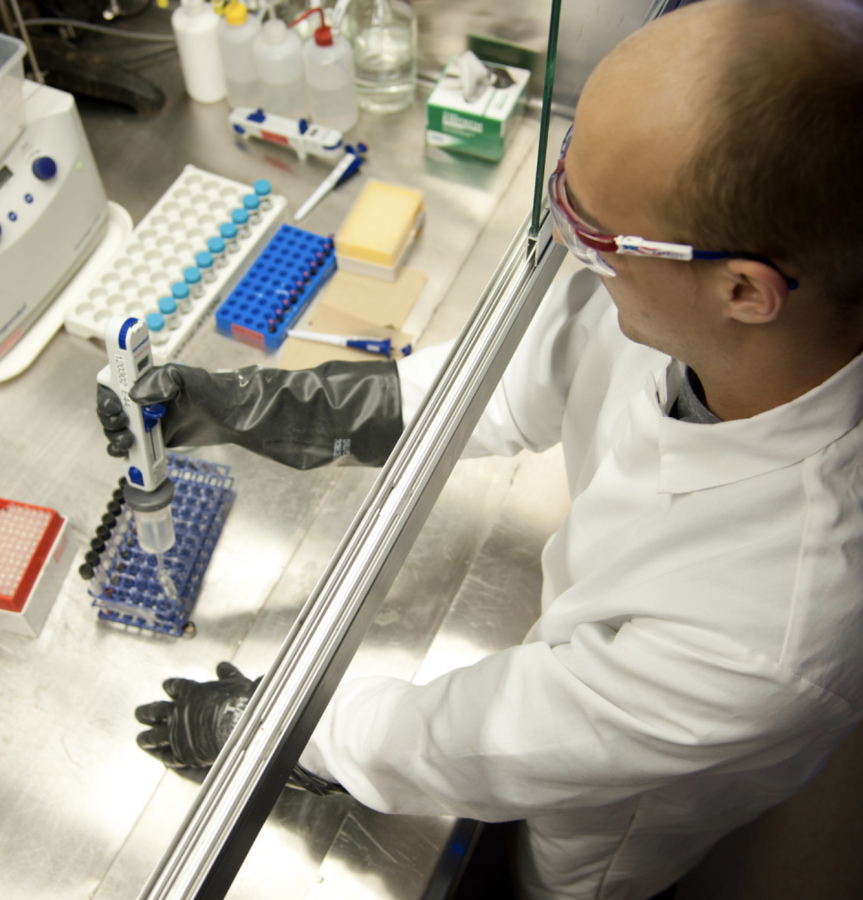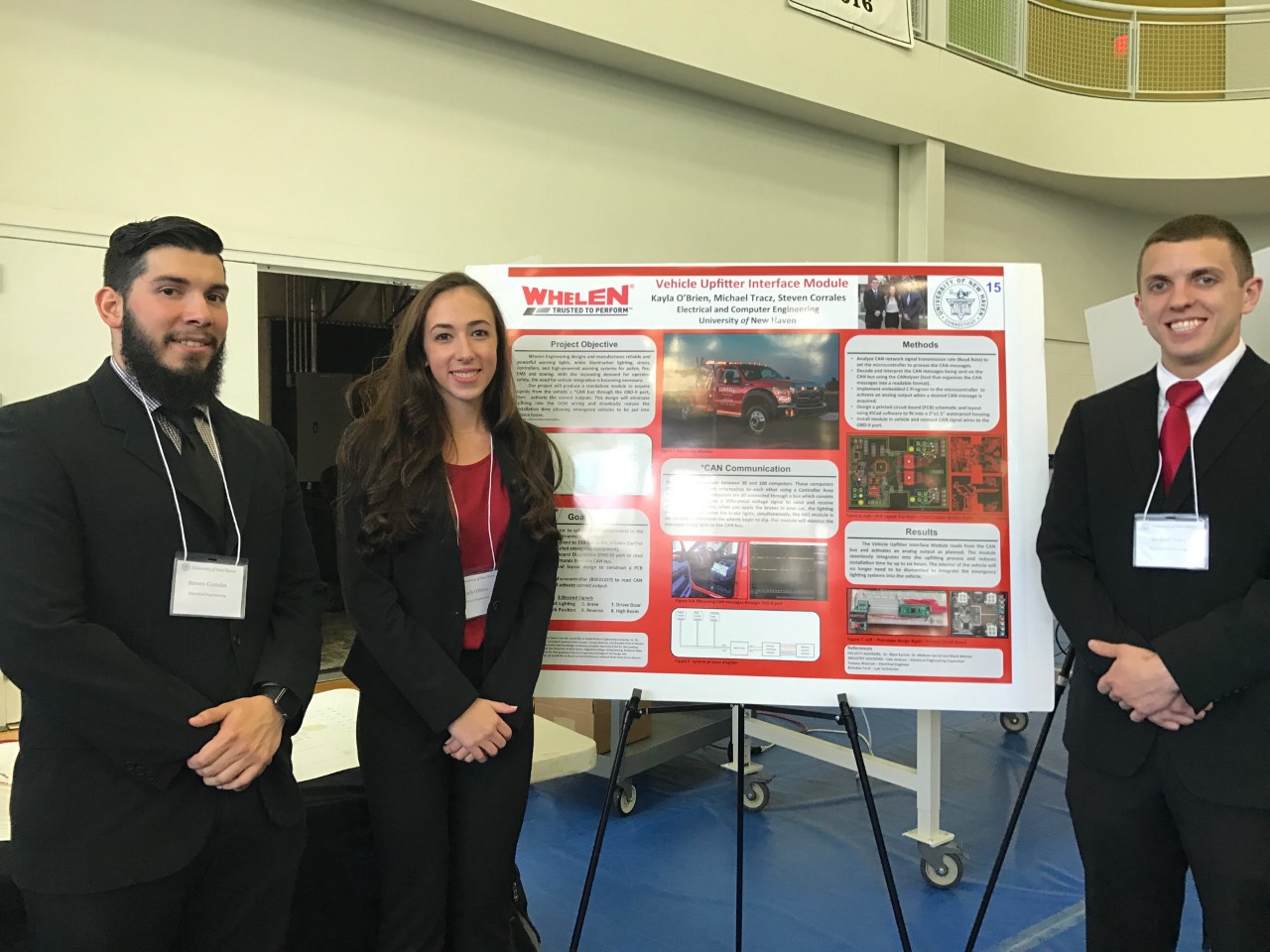The deepest part of the ocean is the Pacific’s Mariana’s Trench. Researchers from the Scripps Institute of Oceanography at U.C. San Diego have been investigating the trench using dropcams. Dropcams are “high resolution camera encased in a thick pressure-proof and waterproof glass sphere,” according to Yahoo News.
Most recently they have discovered one of the world’s largest single cell organisms. The organism was detected by one of the dropcams to be deeper than any other organism. The organism was a type of protozoa related to amoebas, called xenophyophores. According to Tecca News, these single celled organisms have been found before, except much smaller and closer to the surface. The organism is visible to the human eye, as it spans to about four inches, one of the world’s largest single celled organisms.
National Geographic says that the xenophyophores are sponge-like animals that make up just one cell. They act as host for other organisms and soak up heavy metals such as lead, uranium, and mercury. The amoebas were found just less than seven miles into the trench, the deepest any organism has been found. A majority of organisms can’t even live that far down due to the extremities of the environment. Doug Bartlett, a Scripps Marine Microbiologist, said, “The identification of these gigantic cells in one of the deepest marine environments on the planet opens up a whole new habitat for further study of biodiversity, biotechnological potential, and extreme environment adaptation.
Lisa Levin, another marine biologist, told Wired Science News that, “As one of very few taxa found exclusively in the deep sea, the xenophyophores are emblematic of what the deep sea offers. They are fascinating giants that are highly adapted to extreme conditions, but at the same time are very fragile and poorly studied. These and many other structurally important organisms in the deep sea need our stewardship as human activities move to deeper waters.” This find has definitely proven itself to be one of the most important discoveries in the Mariana’s Trench, and it will only lead to more research and discovery.








